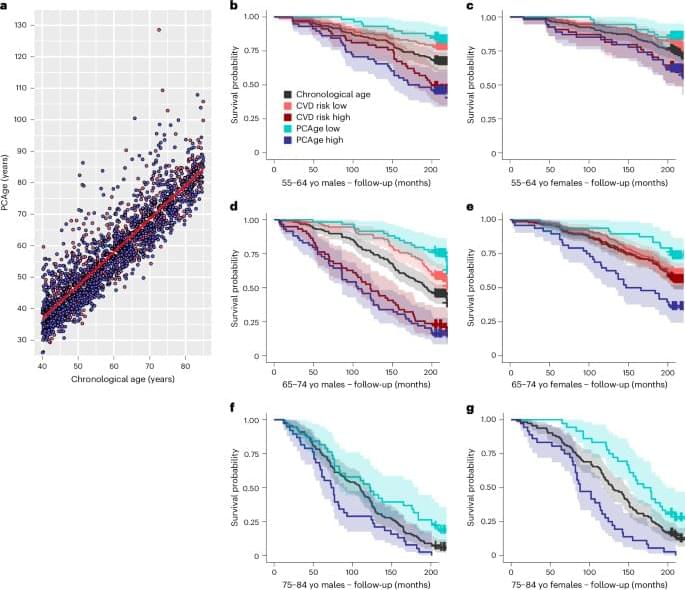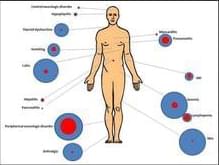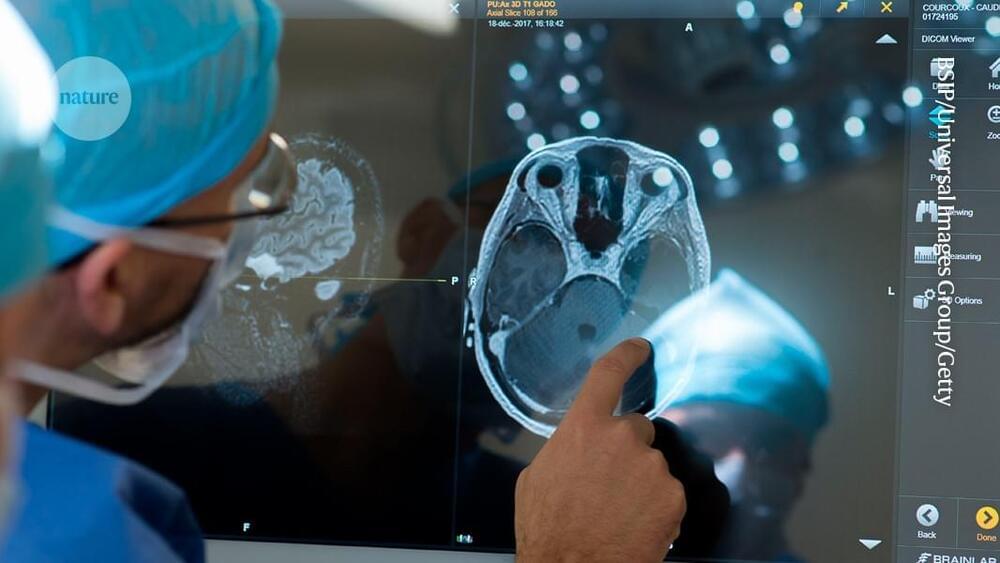Jun 23, 2024
Scientists Discover Unexpected Importance of “Time Cells” for Complex Learning
Posted by Saúl Morales Rodriguéz in categories: biotech/medical, health, neuroscience
Researchers at the University of Utah Health have discovered that “time cells” in mice are crucial for learning tasks where timing is critical. These cells change their firing patterns as mice learn to distinguish between timed events, suggesting a role beyond just measuring time. This finding could help in the early detection of neurodegenerative diseases like Alzheimer’s by highlighting the importance of the medial entorhinal cortex (MEC), which is among the first brain regions affected by such diseases.
Researchers at the University of Utah Health found that “time cells” in mice adapt to learning timed tasks, a discovery that could aid early Alzheimer’s detection by monitoring changes in a key brain region.
Our perception of time is crucial to our interaction with and understanding of the world around us. Whether we’re engaging in a conversation or driving a car, we need to remember and gauge the duration of events—a complex but largely unconscious calculation running constantly beneath the surface of our thoughts.

















